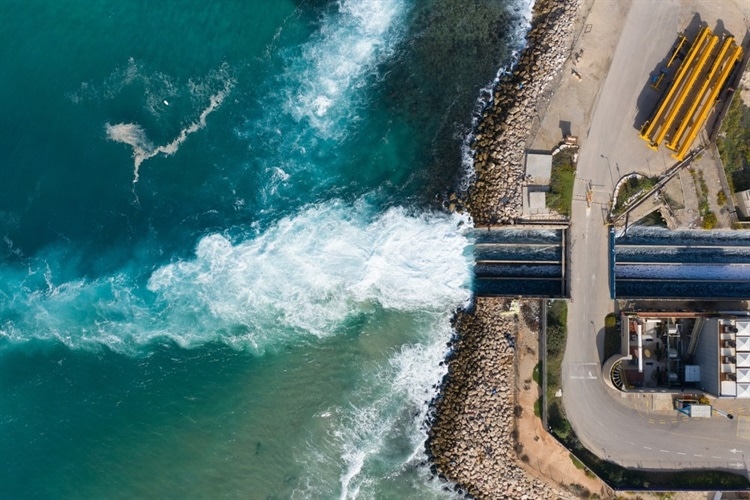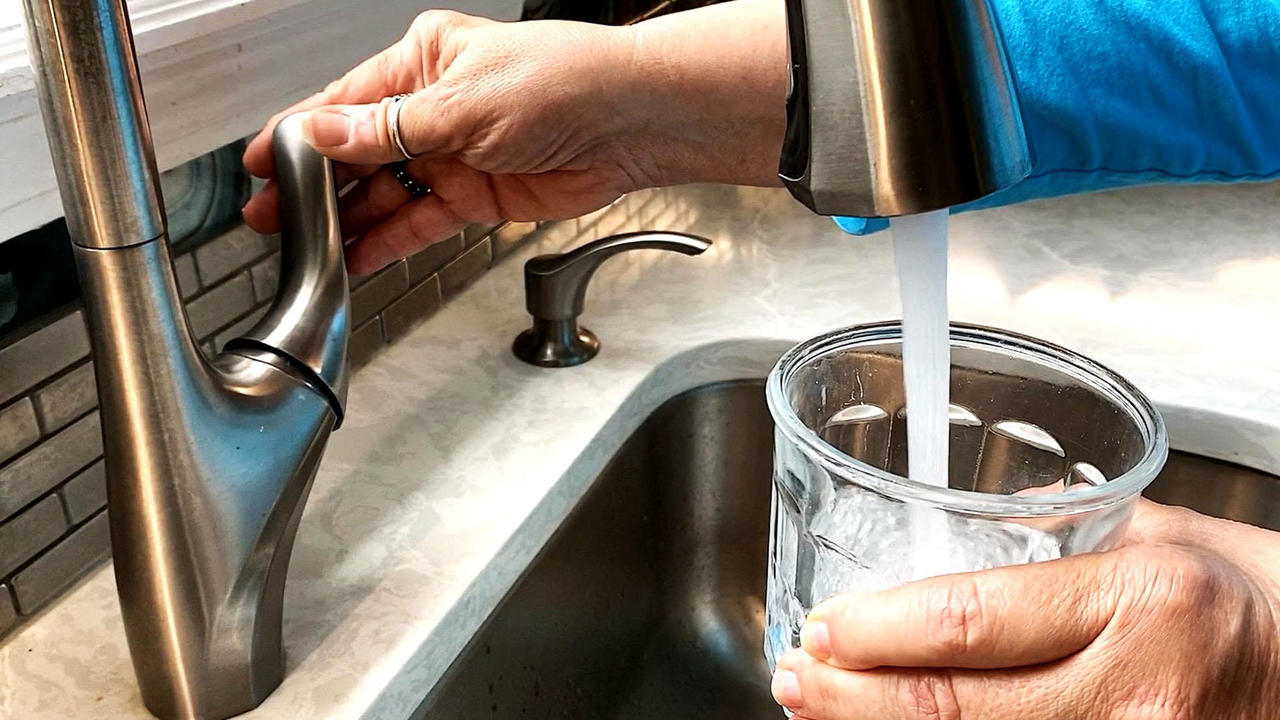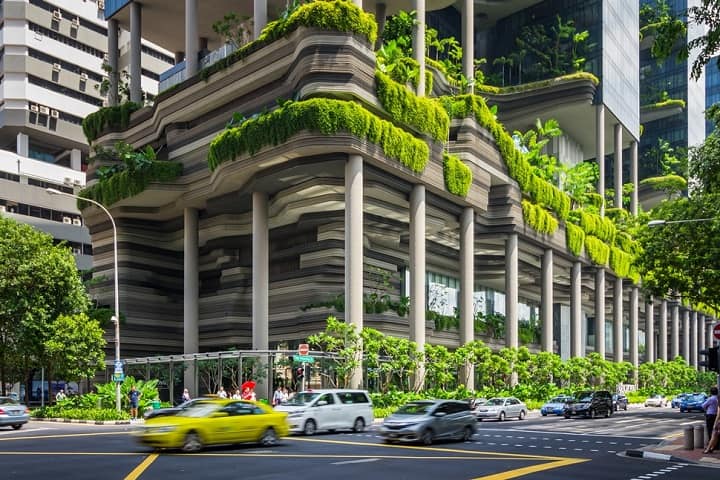
- #water
Safeguarding sea life, water treatment's role in protecting marine ecosystems
With water scarcity becoming an ever-increasing problem globally, desalination offers a lifeline in many regions of the world. While seawater desalination can provide a critical supply of fresh water in coastal areas, it can have several environmental impacts on marine ecosystems. The good news is that water treatment companies can take a proactive approach to mitigate these impacts and protect the marine environment. Let’s examine some of the key impacts and measures that water treatment companies take to protect marine ecosystems and safeguard sea life.
Habitat Alteration and Disturbance
The construction and operation of desalination plants can lead to habitat alteration and fragmentation, particularly in coastal areas. This can affect coastal wetlands, mangroves, estuaries, and other sensitive habitats, which often serve as important breeding and nursery areas for marine life, and are critical for biodiversity and coastal protection. Desalination plants can also generate noise and light pollution during construction and operation, which may disturb marine mammals, birds, and other sensitive species in the vicinity, and may lead to poor breeding success in species such as seabirds, for example. When considering the siting of a desalination plant, a thorough environmental impact assessment must be conducted to identify sensitive habitats and vulnerable species that need to be avoided, together with any mitigating measures that can be implemented to reduce the environmental impact on surrounding ecosystems.Reducing Intake Impacts
Intake structures used to draw seawater into desalination plants can entrain or impinge marine organisms, including fish larvae, plankton, and other small marine life. Entrainment occurs when marine organisms such as plankton, which are small enough to pass through mesh screens, enter or are drawn into the seawater intake system. Impingement is when larger organisms such as fish and crabs, which can't pass through, are trapped against the screens due to the force of the water flowing through. These losses can disrupt local ecosystems and affect the abundance and diversity of marine species. Both the intake location and the design of intake structures can play a crucial role in reducing the impact associated with intake systems. Selecting an intake site where environmental impact assessments indicate marine life is less abundant can help mitigate the impact on local ecosystems. Once the intake system has been appropriately sited, the next step is to ensure intake structures are designed as efficiently as possible to minimize harm to marine life. There are several mechanisms and technologies that water treatment companies employ to reduce the potential for entrainment and impingement of fish, endangered turtles, and other sea life, including: ● Low-velocity pumps to reduce water flow. ● Physical barriers, such as fine mesh screens and barrier nets, to prevent the entry of large organisms. ● Collection and return systems that facilitate fish collection and return to the ocean. ● Diversion systems, such as angled screens with louvers, which divert fish from the screens and back into the ocean. ● Behavioral deterrent devices, such as air bubble curtains, strobe lights, and acoustic barriers that alert and drive organisms from the intake.Brine Discharge Management
During the desalination process, seawater is forced through a semipermeable membrane that traps salt and other minerals while allowing the water molecules to pass through. This results in the production of fresh, potable water, as well as a concentrated brine, which is typically discharged back into the ocean. The high salinity and temperature of the brine can harm marine ecosystems, including coral reefs, seagrass beds, and fish populations. It can also disrupt the ecological balance in local marine ecosystems, ultimately affecting biodiversity. Proper management of brine discharge is essential to prevent harm to marine ecosystems. Dilution techniques, careful consideration of discharge locations, and the use of dispersion systems that diffuse brine into areas where sea life is less abundant can help minimize the impact on marine life and habitats. Regular monitoring of water quality and marine life around desalination plants can help plant managers detect any adverse effects early. This allows for timely intervention and adjustments to brine discharges when saline levels in the surrounding environment are excessively high.Chemical Pollution
Chemicals used in the desalination process, such as antiscalants and cleaning agents, are often discharged into the marine environment. These chemicals may have toxic effects on marine life and ecosystems if not properly managed and treated. Water treatment companies can take steps to reduce their chemical usage and to ensure brine is adequately treated to reduce levels of harmful chemical pollutants discharged into the surrounding ocean. Addressing these environmental impacts requires careful planning, implementation of best practices, and the adoption of sustainable technologies and management practices in the desalination industry. Efforts to mitigate habitat disturbance, reduce intake impacts, optimize brine disposal, and reduce chemical usage can help minimize the impact of desalination plants on marine ecosystems and contribute to the sustainable management of coastal resources. Additionally, ongoing research and innovation are essential to developing more sustainable desalination technologies and practices in the future.3 days ago
3 days ago

- #green tech
Expert Tips for Acing CompTIA Certification Exams in Australia
2 weeks ago

- #water
Regulations of forever chemicals(PFAS) in drinking water worldwide
3 weeks ago

- #agriculture
Recirculating Aquaculture Systems (RAS) overview
4 weeks ago

- #education
Environmental conferences in Africa
Last month

- #wildlife protection
Protecting wildlife: the role of NGOs worldwide
3 months ago

- #climate
Rising costs: products prone to price increases due to climate change
3 months ago

- #electric vehicles
Electrifying the road ahead: a journey through the electric vehicle revolution
3 months ago

- #sustainable development
Eco consulting: guiding businesses towards a greener future
3 months ago

- #eco-building
Building a sustainable future: the rise of eco-friendly structures
3 months ago

- #agriculture
Cultivating success: the organic farming business revolution
3 months ago

- #sustainable development
Sustainable marketing: a paradigm shift in business
3 months ago

- #renewable energy
A review of climate-friendly energy sources
3 months ago

- #climate
Rethinking green growth: global perspectives and skepticism
4 months ago

- #responsible consumption
Carry the future: unveiling sustainable shopping solutions with eco-friendly carry bags
5 months ago

- #waste
Sorting it out: the dos and don’ts of mini skip bin disposal
5 months ago

- #sustainable development
The difference between organic, natural, and green products
7 months ago

- #environmental protection
Top eco-friendly brands
7 months ago